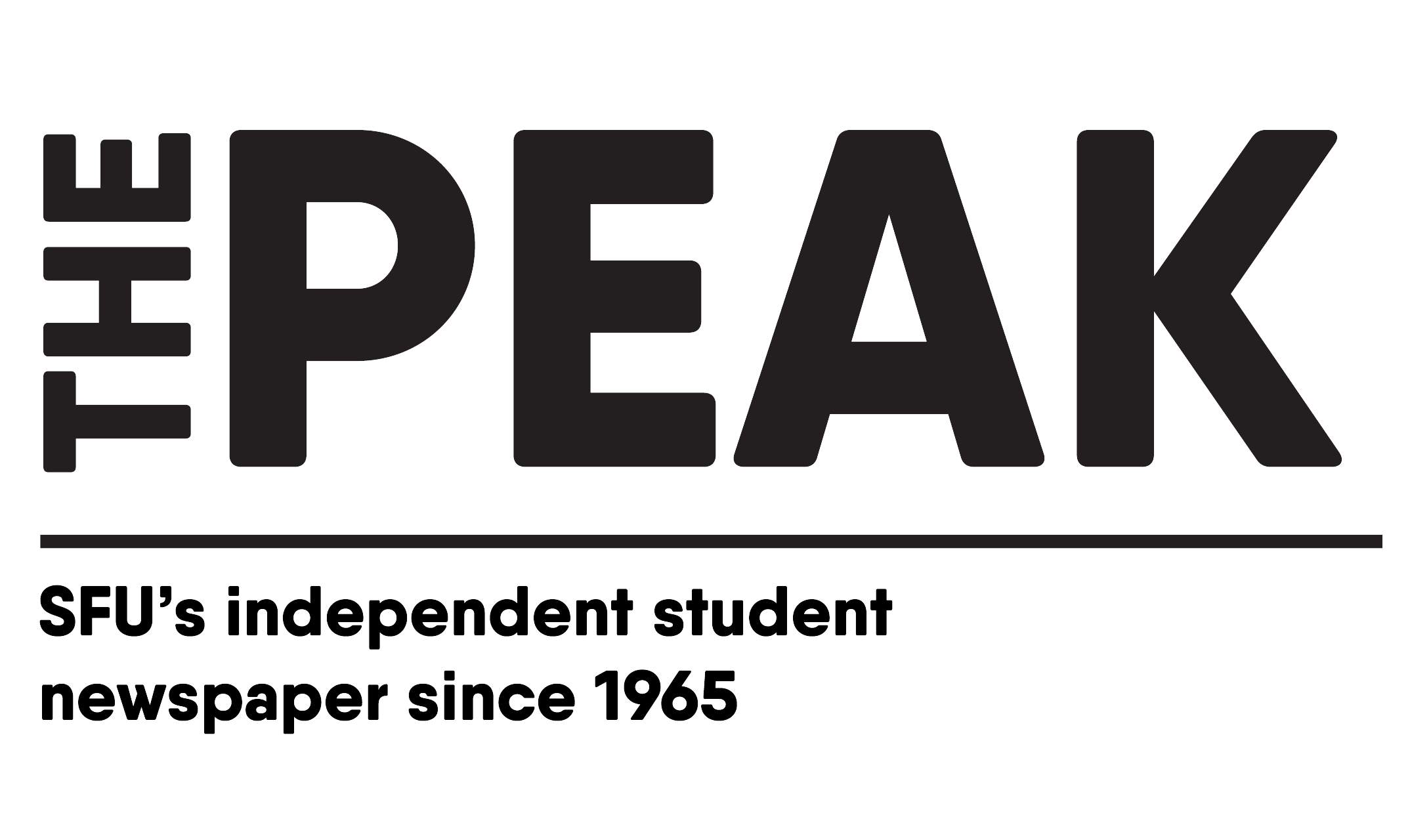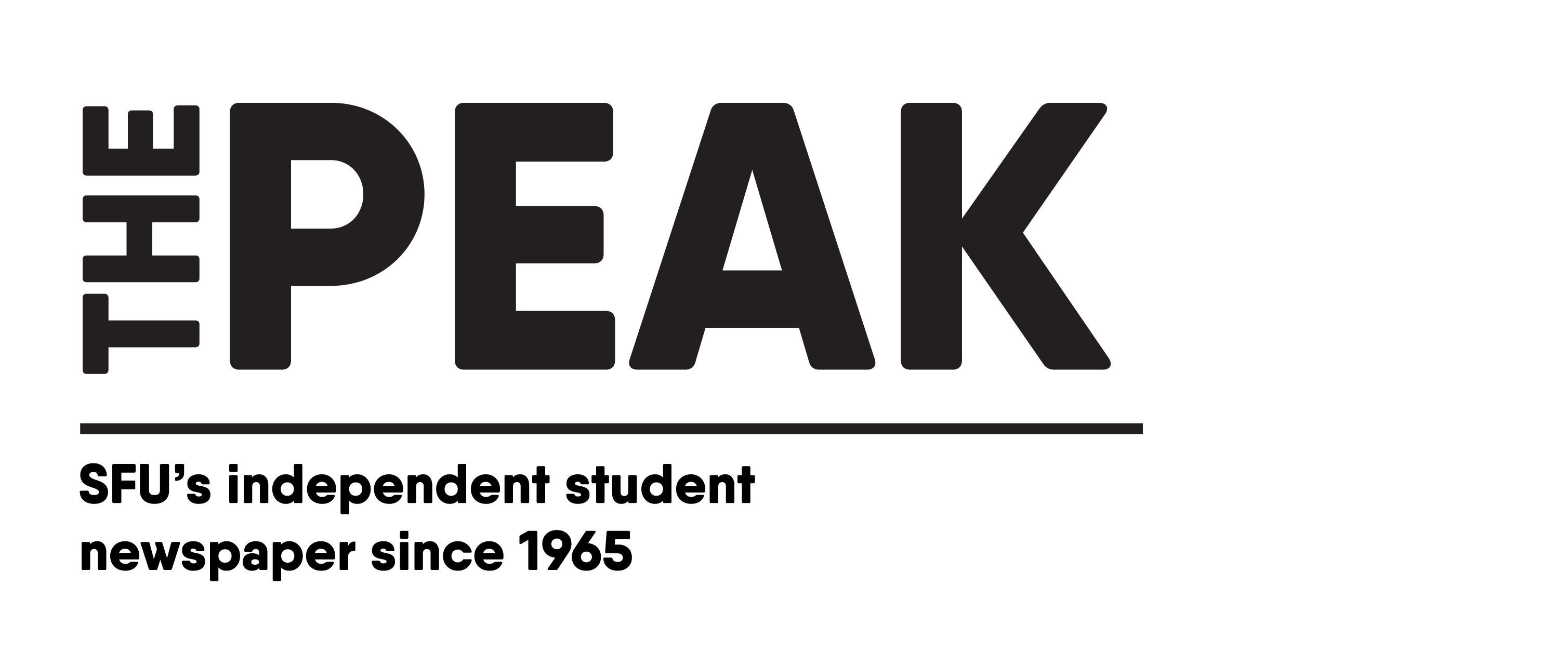By: Yagya Parihar, SFU Student
After an excruciatingly long period of counting and recounting ballots, we now know that the BC New Democratic Party (NDP) will form a slim majority government. While this is a relief considering the extreme stances of the BC Conservatives, it’s also frustrating to see just how close this election was. The disparities between the two major parties could not be more clear. One party has a track record known to voters and has campaigned on principles of basic human decency, while the other is filled with people with all sorts of fringe, bigoted beliefs, and was much less popular in BC elections until a few months ago. It’s a shame that we as voters must worry about power abuses from opposition parties, as our current voting system doesn’t allow for effective representation.
So, why is there this polarization, and why is such an extreme party so close to power? To know why, we need to understand the electoral system we use: first past the post (FPTP). In this system, provinces are divided into districts with similar population numbers. The candidate with the highest vote count wins control over the entire district. The party that wins the most districts forms the federal government. It’s plain and simple — right until it’s not.
The FPTP system doesn’t necessarily reward the party with the most popular support, and instead encourages two-party systems. Take the example of the district Courtenay-Comox on Vancouver Island, where the BC Conservative candidate won with only around 38% of the vote, despite the BC NDP candidate being only 92 votes behind, and the BC Greens candidate having a sizable 20% of the vote share there. Under FPTP, two large parties will effectively dominate political discussion. Voters are forced to pick a side they may not prefer, or risk having their voice shut out.
It’s clear that FPTP is far from being a fair and democratic system. That’s why we need a better solution. A proportional representation-based (PR) electoral system is one where election results reflect who each individual voted for, ensuring everyone has representation that matches their beliefs. Coalitions of parties can help establish a consensus, and can make it far less likely that a new policy will immediately be thrown out by the next government.
There are a few proportional systems out there, with two of the most popular being mixed-member proportional (MMP) and the single transferable vote (STV). In MMP, voters elect one local representative, but regional representatives are also elected from “top-up seats” to a party list to help compensate for the popular vote. The issue with MMP is voters still only have one choice they can make. Additionally, political parties play a larger role than even in FPTP because of the party lists.
Major change is needed to fix things, and we simply can’t afford to make the mistakes of the past.
By contrast, with STV, elections use regional districts like FPTP, but they are enlarged and have multiple seats. On a ballot, voters can rank all the candidates in order of their preference. Voter’s choices are used to then decide which candidates get elected. This allows people to show support for all their preferred candidates. It makes it easier for independents to get elected, and helps avoid wasted votes. STV also reduces the power of political parties, as winning a seat isn’t as guaranteed as with FPTP or even MMP.
Even with the need for electoral reform, there is a major problem in implementing it. The traditional method to change the system is to first hold a referendum, and switch to the new system only upon its passing. The problem is that the government sets the conditions for the referendum question, and this can be twisted to make it fail.
In 2004, BC held a Citizens’ Assembly on Electoral Reform where participants proposed a variant of STV that they called BC-STV. The following year, the referendum on BC-STV had over 57% support with voters in 77 of 79 districts voting for it, a glowing endorsement that was largely due to the public engagement process. However, it failed, as it didn’t meet the 60% threshold set by the BC Liberal government. A similar result happened in subsequent referendums in 2009 and 2018.
With the failures of past referendums, some say it’s time we try another approach. The BC Greens suggest that the legislature should vote for a new electoral system first, hold the next couple of provincial elections under the new system, and then have voters decide on whether they want to keep it or change it back. This strategy lets people try out the new system and see the results in practice, which is appealing, but carries a risk in the precedent it sets. There is nothing that binds a future legislature to hold a referendum, and this could open up a Pandora’s box of governments changing electoral systems on the basis of political convenience. This has happened before: Alberta used to have a hybrid STV system for three decades, but in 1955, when more opposition candidates were elected in rural districts, the ruling Social Credit government switched back to FPTP to eliminate threats to their dominance.
It’s hard to say what strategy is the best to bring in electoral reform. On one hand, the people of BC are likely fed up with having three referendums within the past 20 years, but maybe after this extremely polarized election, there’s enough people who want things to change to drive a renewed push for another. On the other, pushing reform through the legislature would expedite the process, but it also raises the question of whether we can trust our politicians not to change the system in the future for their convenience. Regardless, it’s certain we cannot continue any longer with our broken electoral system. Major change is needed to fix things, and we simply can’t afford to make the mistakes of the past. Luckily for us, we have elected representatives who exist in the same political environment as we do, whose job is to debate these issues with consultation from expert policy advisors. My message to them is to shut up and do whatever it takes to get electoral reform done.




